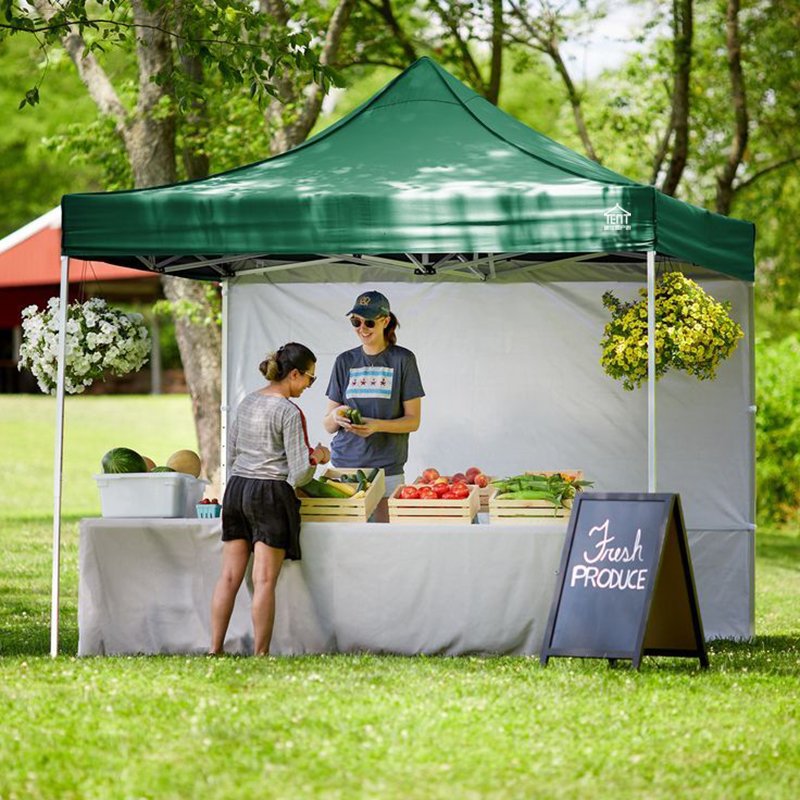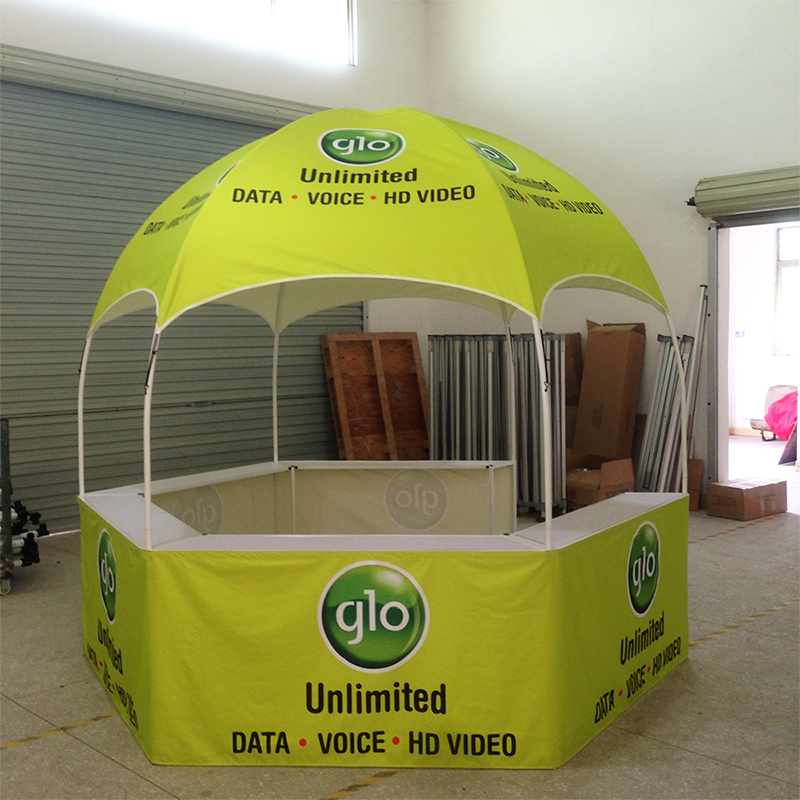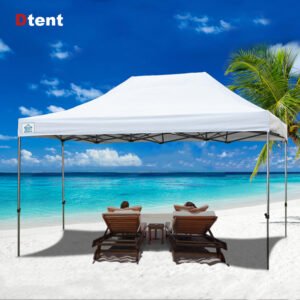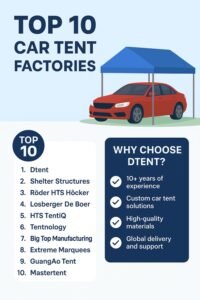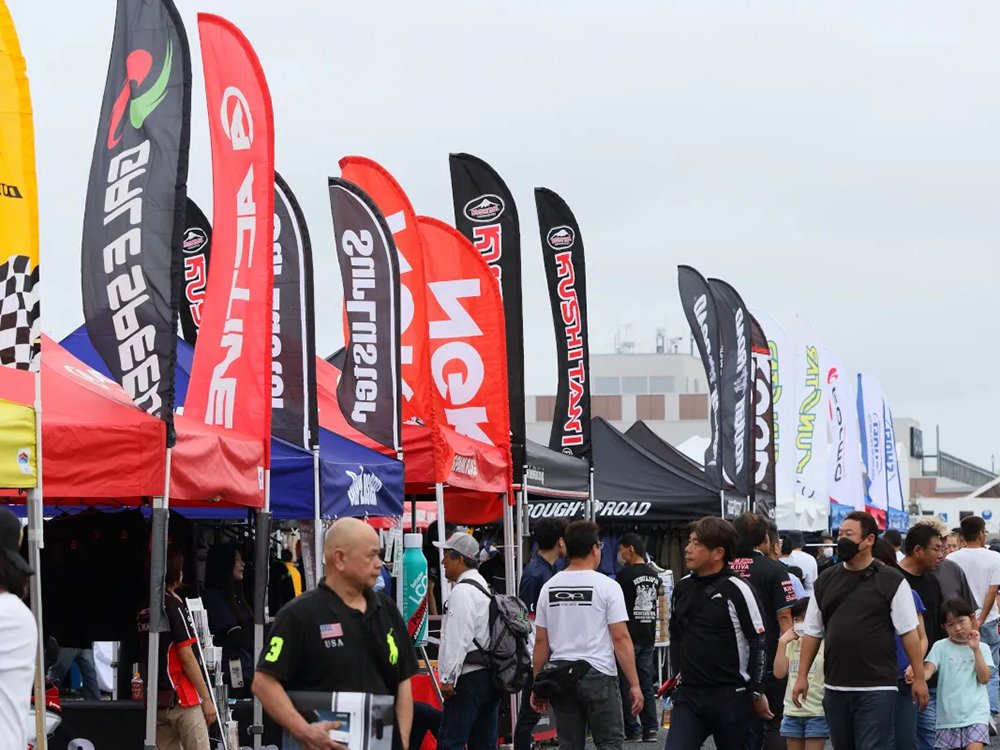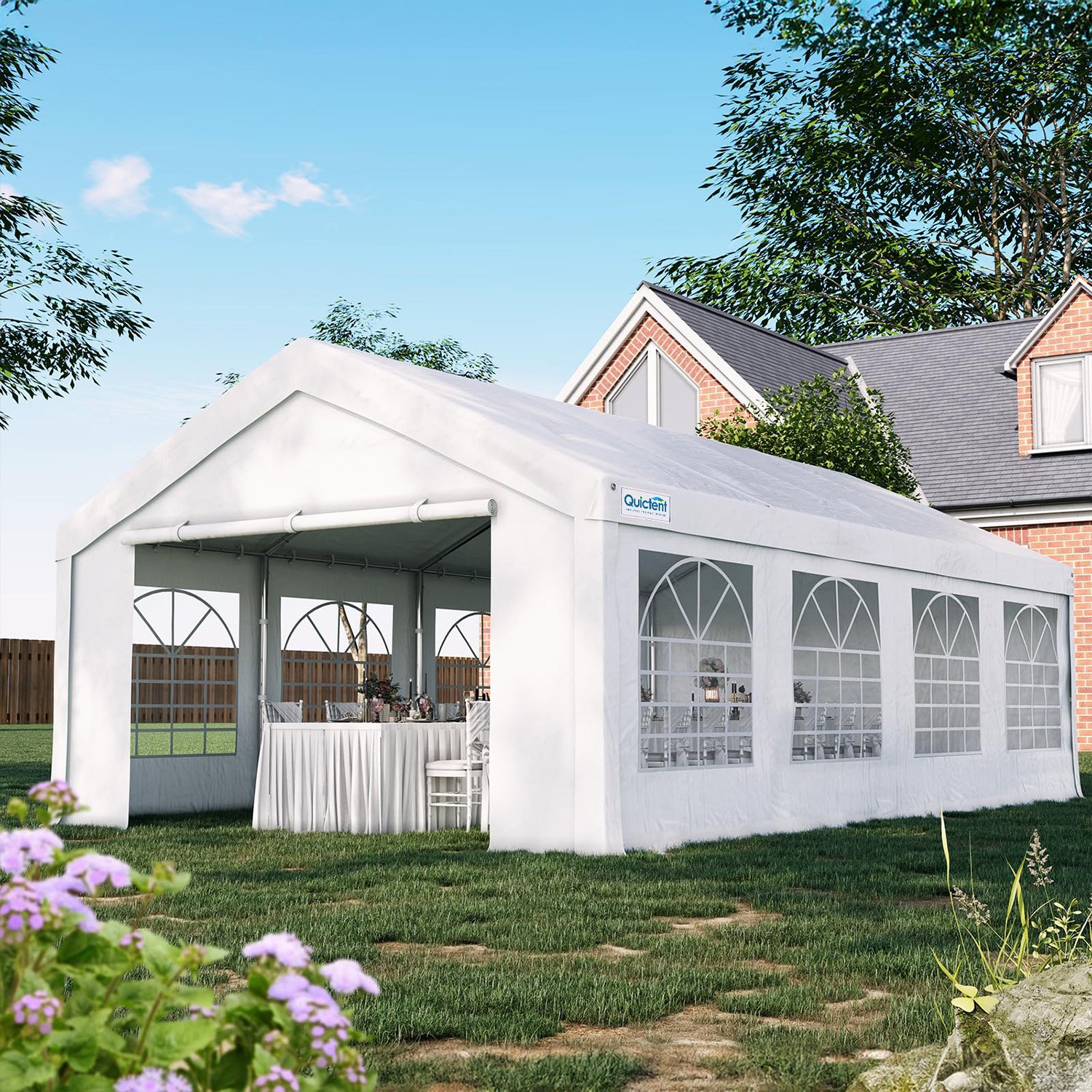Last Updated on 03/30/2025 by dtent.net
When planning an outdoor adventure, selecting the right tent is crucial for ensuring a comfortable, safe, and enjoyable experience. One of the most significant factors influencing tent choice is the weather. Different weather conditions demand tents with specific features and designs to provide adequate protection and performance. In this blog post, we’ll analyze the impact of various weather conditions on tent selection and offer tips for choosing the perfect tent for your next outdoor escapade.
1. The influence of Rain and Humidity on the choice of tent
Rainy weather can quickly turn a camping trip into a soggy mess if you don’t have the right tent. Look for tents with waterproof or water-resistant fabrics, such as polyurethane-coated nylon or polyester. These materials are designed to repel water and keep the interior of the tent dry.
- Seams and Sealing: Ensure that the seams of your tent are sealed properly to prevent water from seeping through. Some tents come pre-sealed, while others may require you to apply seam sealer after purchase.
- Vestibules and Awnings: Vestibules and awnings provide additional space for storing gear and cooking, keeping these activities outside the main tent area and reducing the risk of moisture buildup. They also offer protection from rain and can serve as a dry area to take off wet clothing or boots.
- Ventilation: In humid conditions, good ventilation is essential to prevent condensation from forming inside the tent. Look for tents with mesh panels and adjustable vents to promote airflow and reduce moisture buildup.
2.The influence of Wind and Strong Gusts on the choice of tent
Wind can pose a significant threat to your tent’s stability and integrity. Strong gusts can cause tents to collapse or tear, so it’s important to choose a model that can withstand windy conditions.
- Pole Strength and Design: Look for tents with sturdy, flexible poles made from materials like aluminum or fiberglass. The pole design also plays a role; for example, dome tents are known for their wind-resistance due to their aerodynamic shape and strong, interconnected pole structure.
- Stake Quality and Placement: High-quality stakes made from materials like steel or titanium can securely anchor your tent in windy conditions. Proper placement is also crucial; stake out all guylines and tension them tightly to ensure the tent remains stable.
- Additional Guylines and Anchors: Some tents come with additional guylines and anchors to provide extra support in windy weather. Consider bringing extra stakes and guylines just in case.
-
Rated 0 out of 5
-
Rated 0 out of 5
-
Rated 0 out of 5
-
Rated 0 out of 5
3. The influence of Snow and Cold Weather on the choice of tent
Camping in snowy or cold weather requires a tent that can provide insulation and protection from the elements. Look for tents designed specifically for winter camping, which typically feature thicker fabrics, more poles for stability, and additional insulation.
- Insulation and Fabric Thickness: Winter tents often have double walls or additional insulation layers to retain heat. Thicker fabrics, such as canvas or heavy-duty nylon, provide better insulation against the cold.
- Ventilation and Condensation: While ventilation is important in all tents, it’s particularly crucial in winter models to prevent condensation from building up. Look for tents with adjustable vents that can be closed tightly when necessary to retain heat.
- Snow Load Capacity: Choose a tent with a high snow load capacity, which indicates its ability to withstand the weight of accumulated snow. Winter tents typically have lower profiles and stronger pole structures to support heavy snow loads.
4.The influence of Heat and Sun Exposure on the choice of tent
Camping in hot weather requires a tent that can provide shade and ventilation to keep you cool. Look for tents with light-colored fabrics that reflect sunlight and mesh panels that allow for airflow.
- Light-Colored Fabrics: Light-colored tents reflect sunlight, reducing the amount of heat absorbed by the fabric. This can make a significant difference in keeping the interior of the tent cooler.
- Mesh Panels and Ventilation: Mesh panels allow for airflow, helping to keep the tent cool. Look for tents with large mesh windows and adjustable vents that can be opened or closed as needed.
- Sun Shades and Awnings: Sun shades and awnings provide additional protection from direct sunlight, keeping the tent cooler and creating a shaded area for lounging or cooking outside.
The weather conditions and tent selection
The weather conditions you’ll encounter during your outdoor adventure have a significant impact on the type of tent you should choose. By considering factors like waterproofing, wind resistance, insulation, and ventilation, you can select a tent that will provide the protection and comfort you need. Remember to always check the weather forecast before heading out and prepare accordingly by bringing additional gear or modifying your tent setup as necessary. With the right tent and a bit of preparation, you can enjoy a successful and enjoyable camping trip, regardless of the weather.

